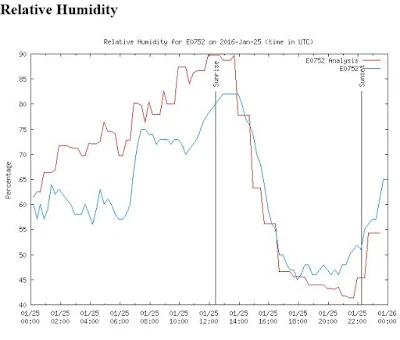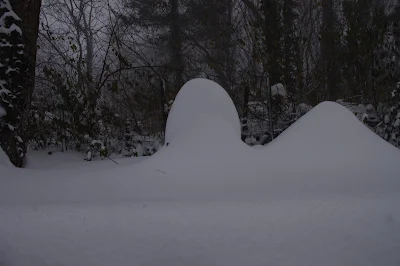I've a 150uW transmitter built from a single unijunction transistor currently running as a beacon on 3552kHz. If my New England amateur radio pals would be so kind as take a listen for it I'd be most appreciative!
Done in by Technology!
-
Most but not all SSB Transceivers have RF Amplifier Stages. This stage can
be troublesome as it is a high wire balancing act to provide a sufficient
amount...
10 hours ago
























.jpg)












